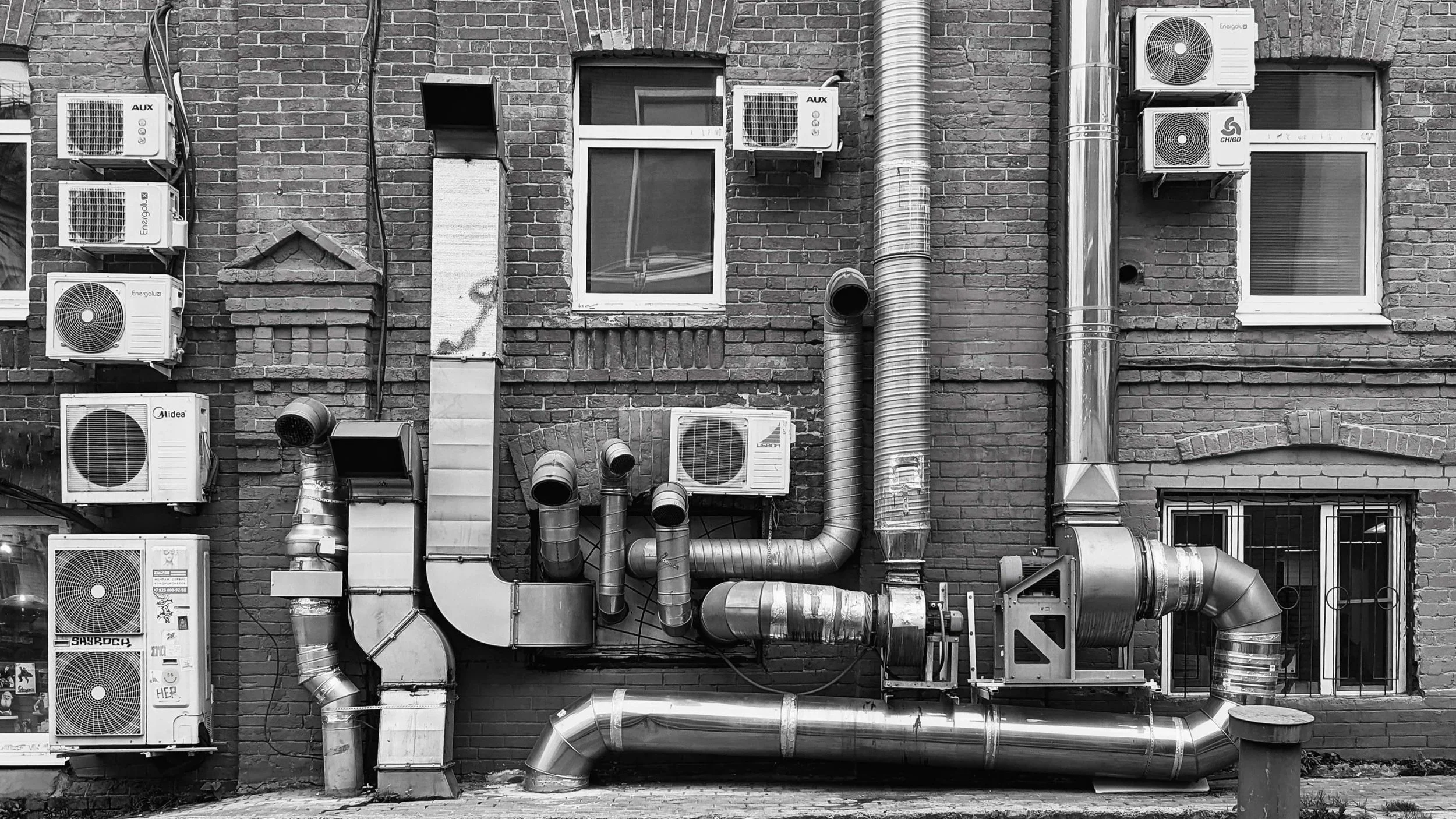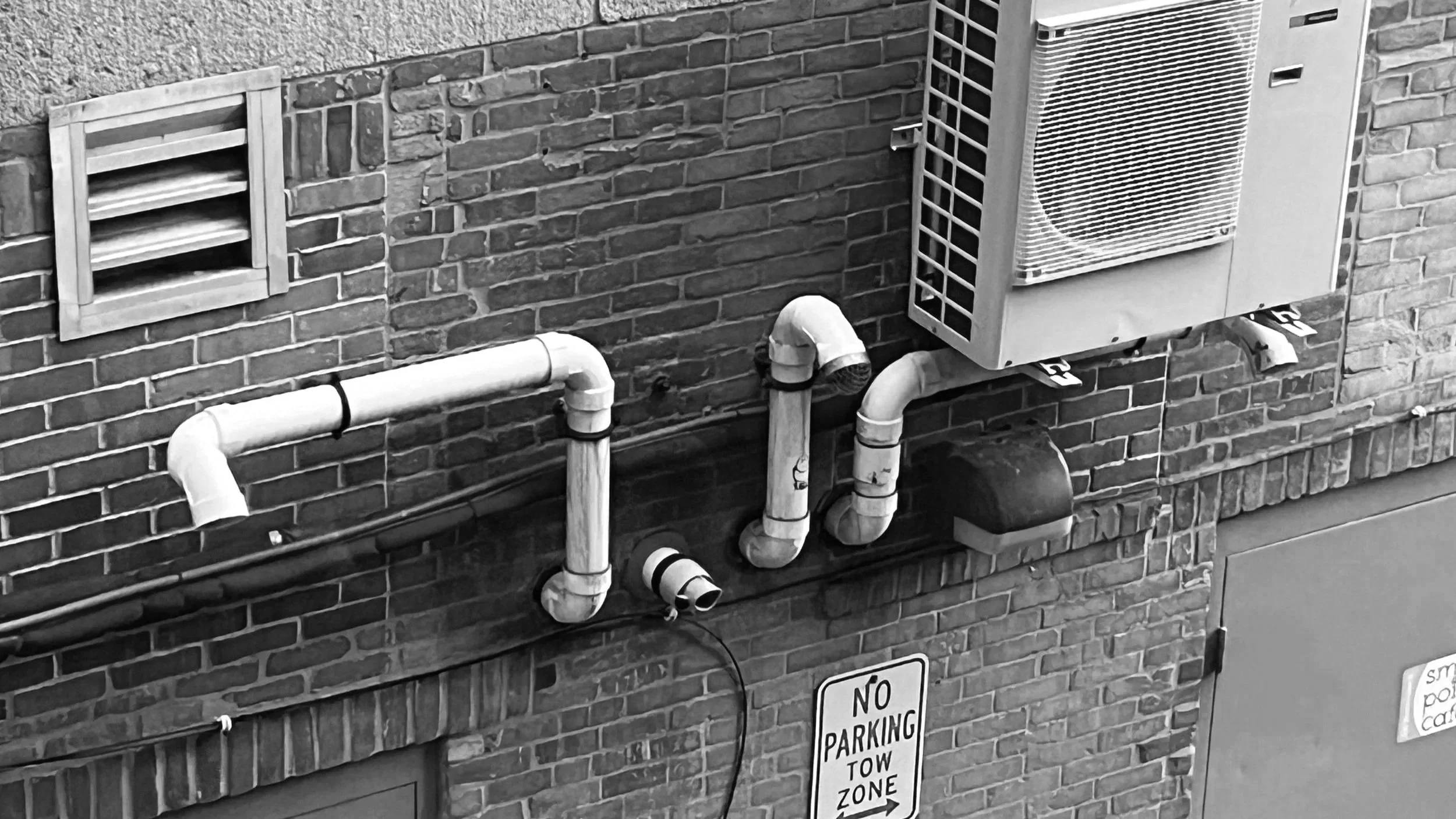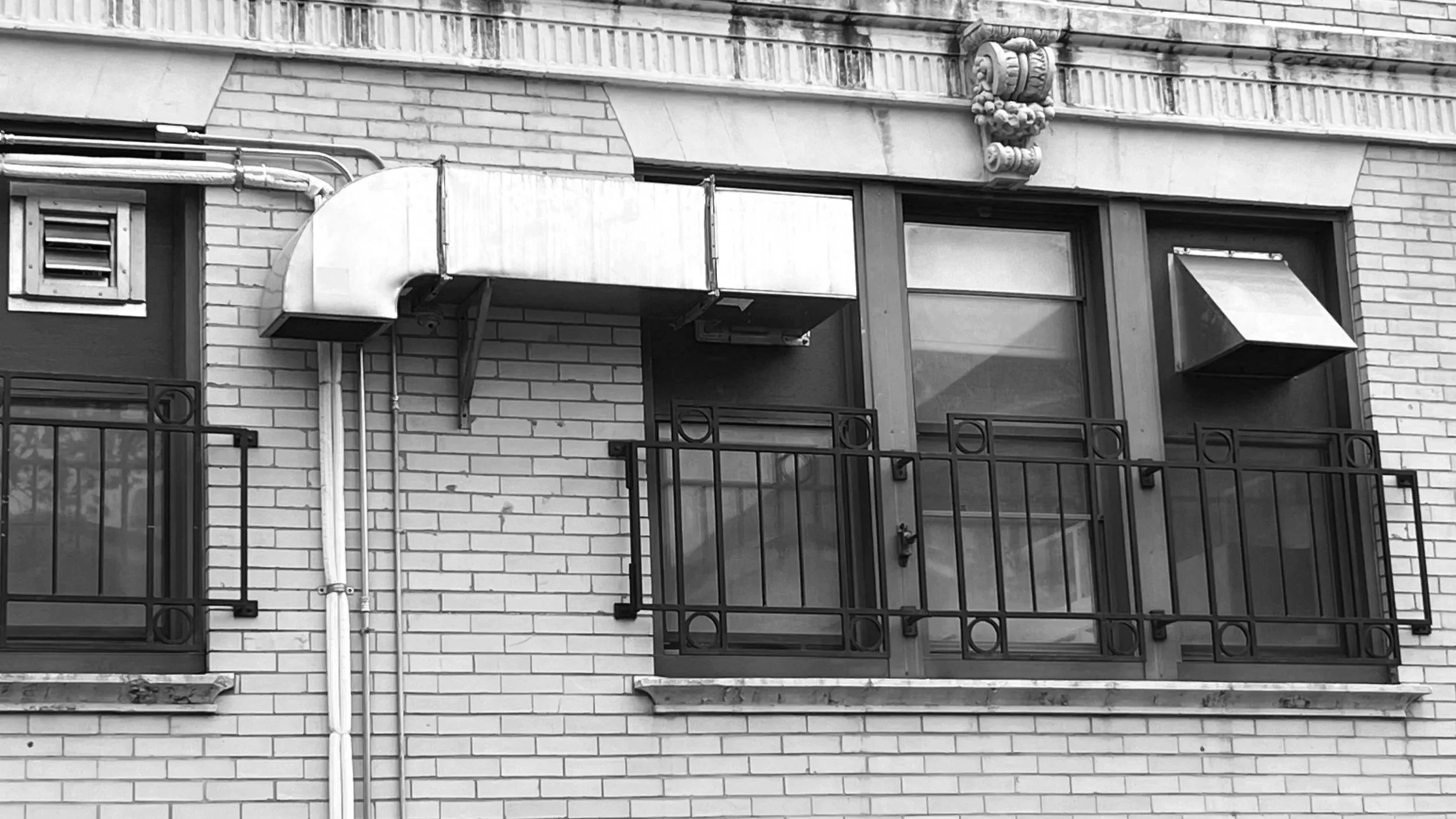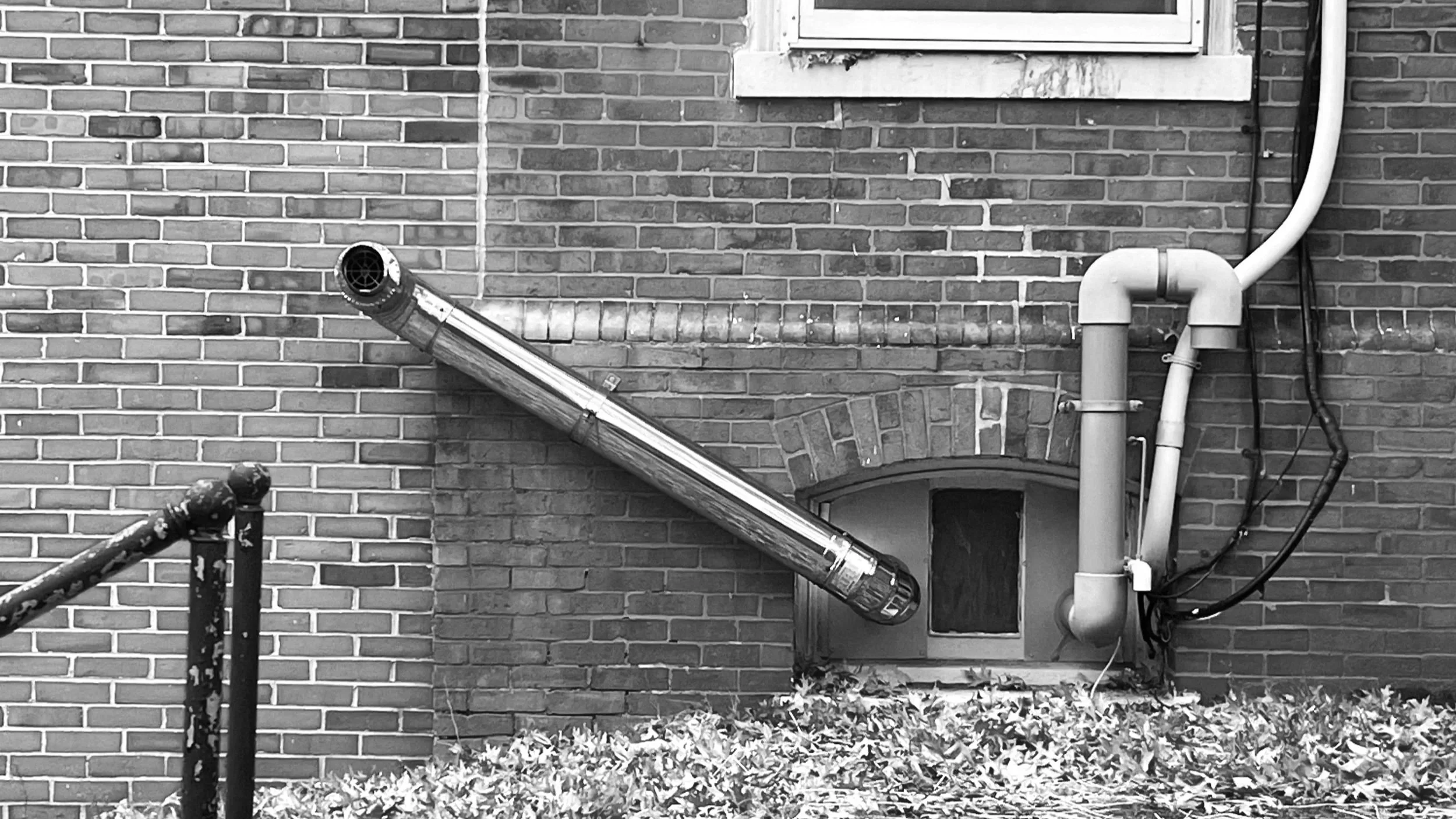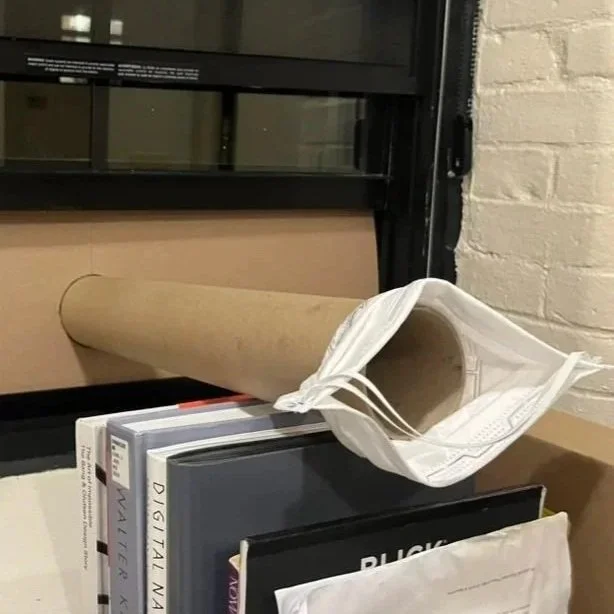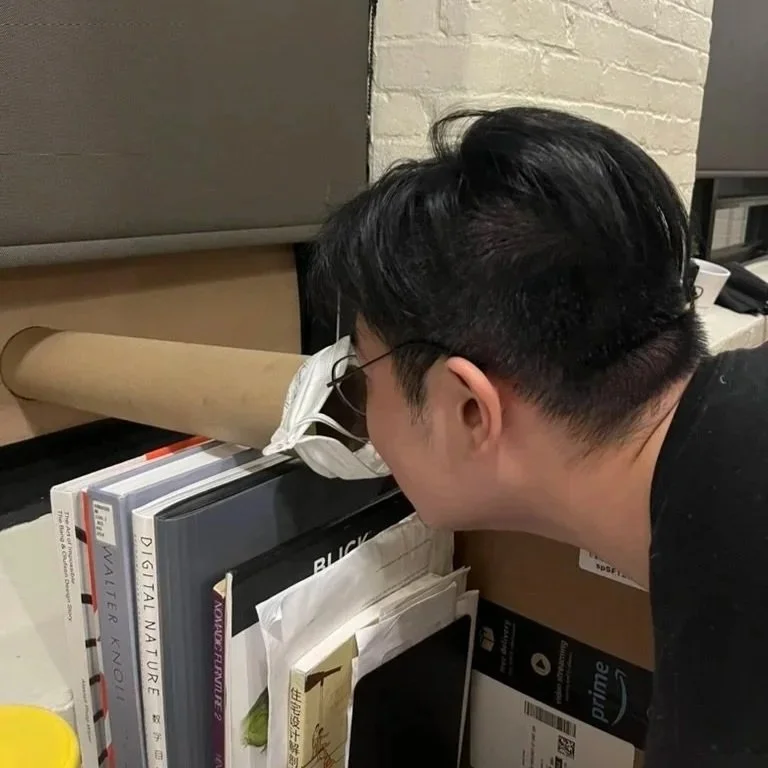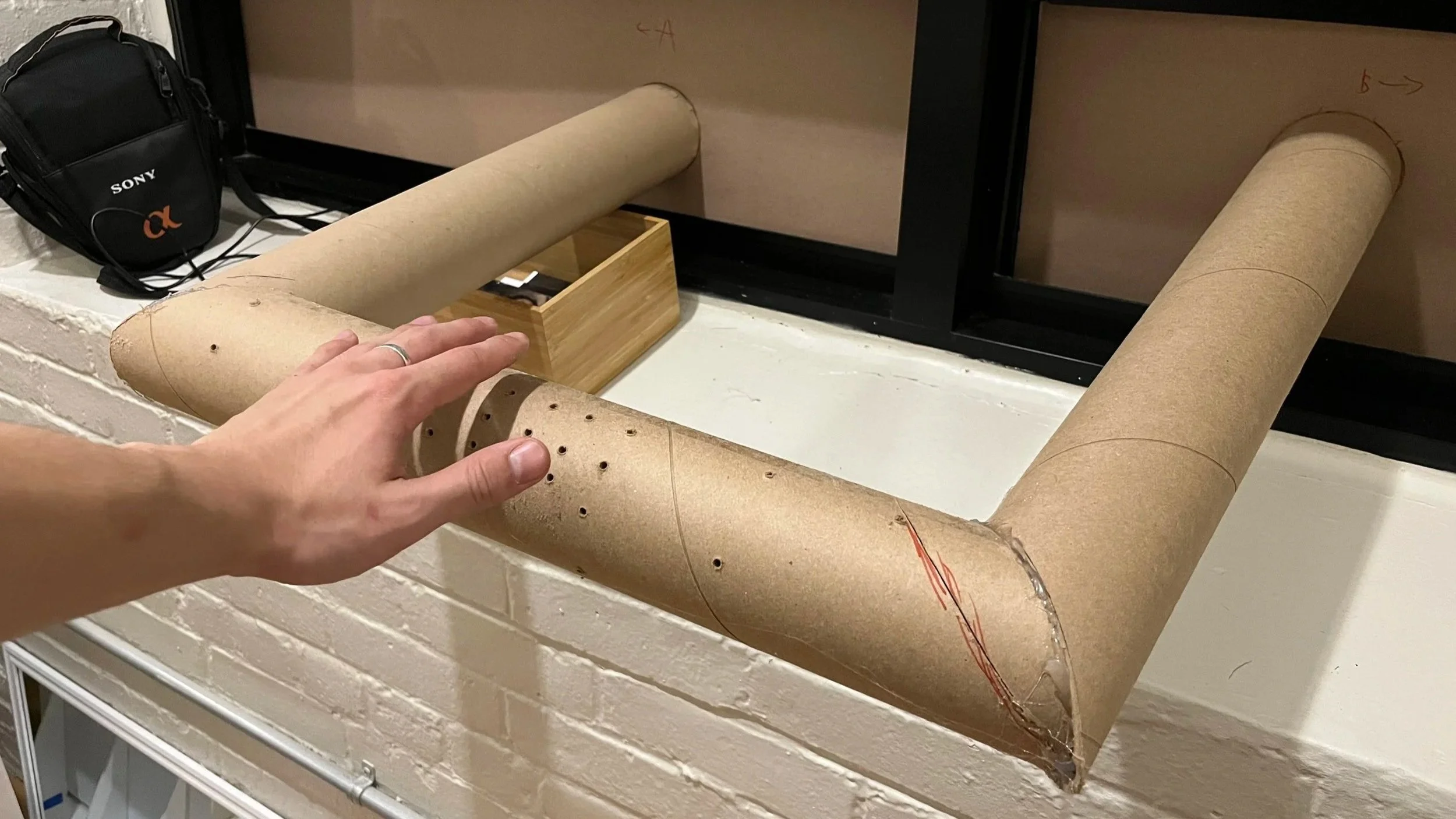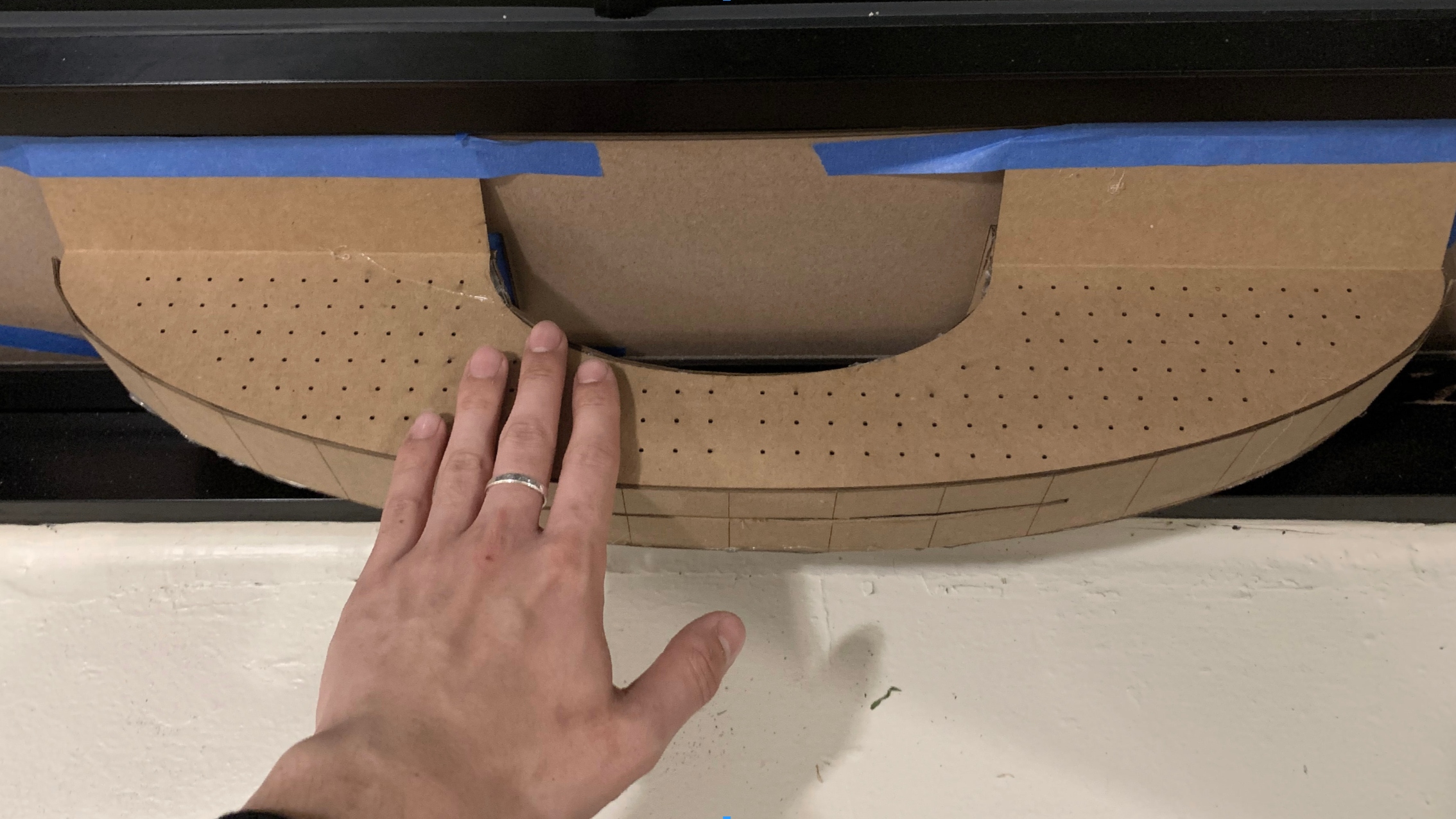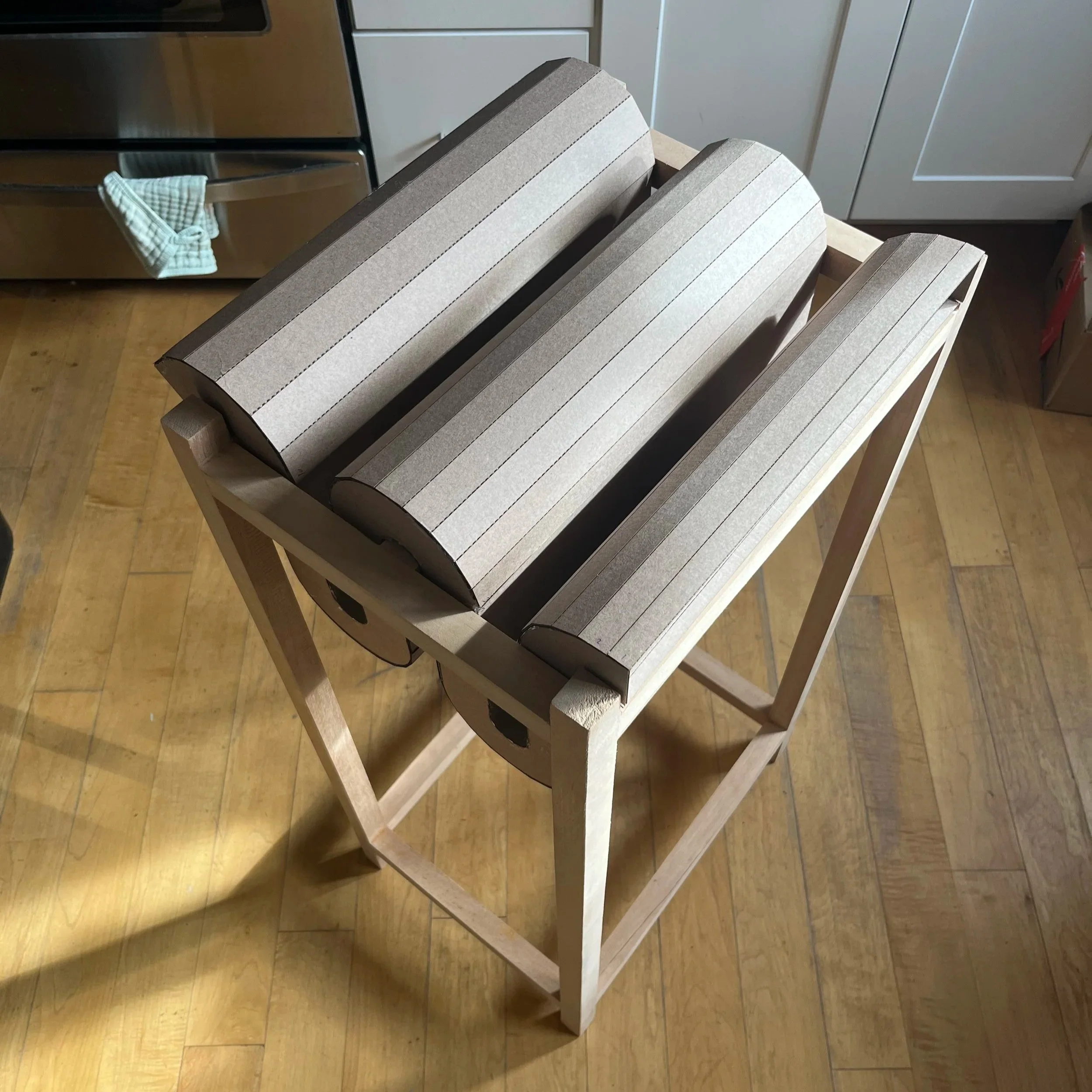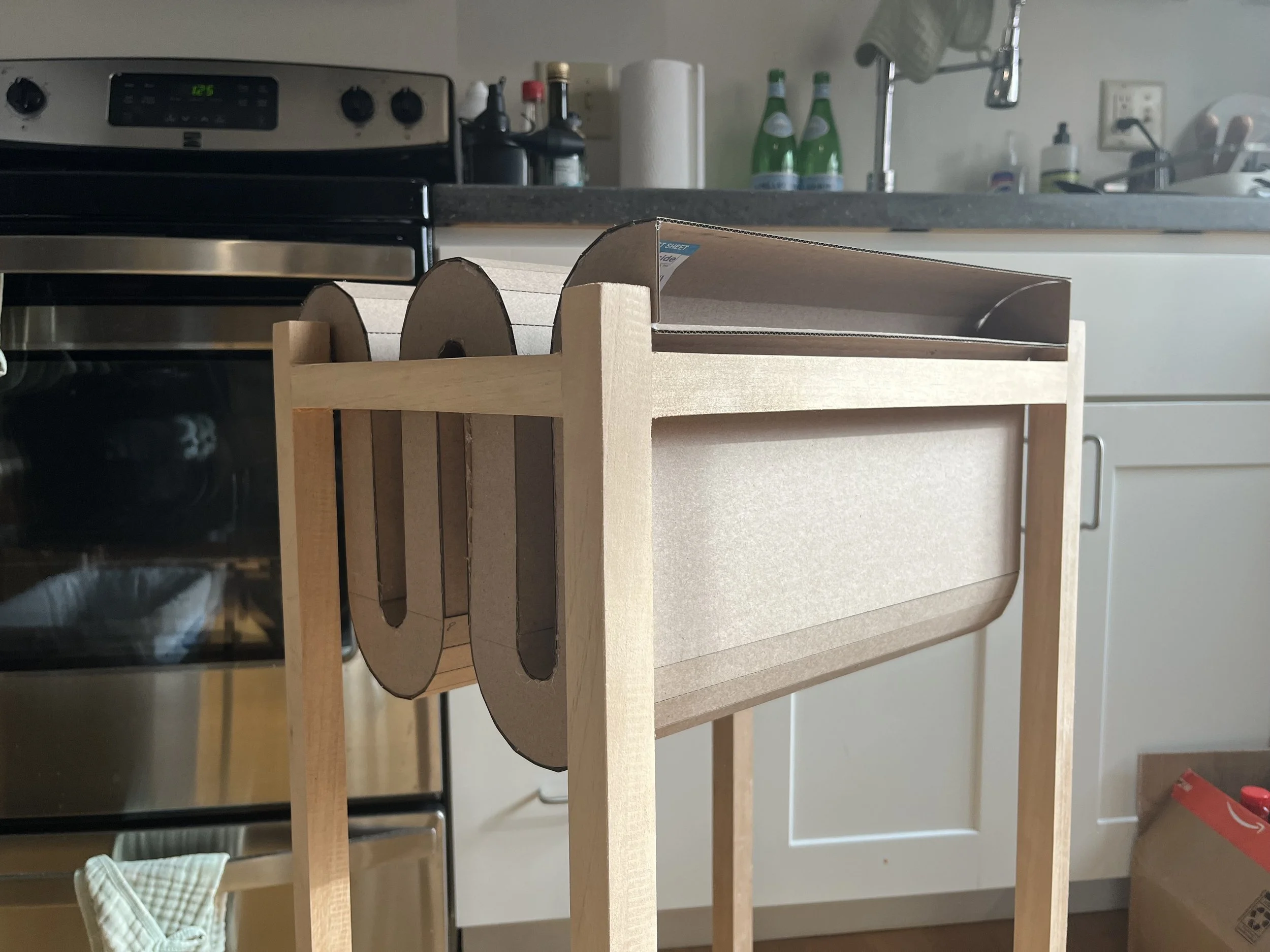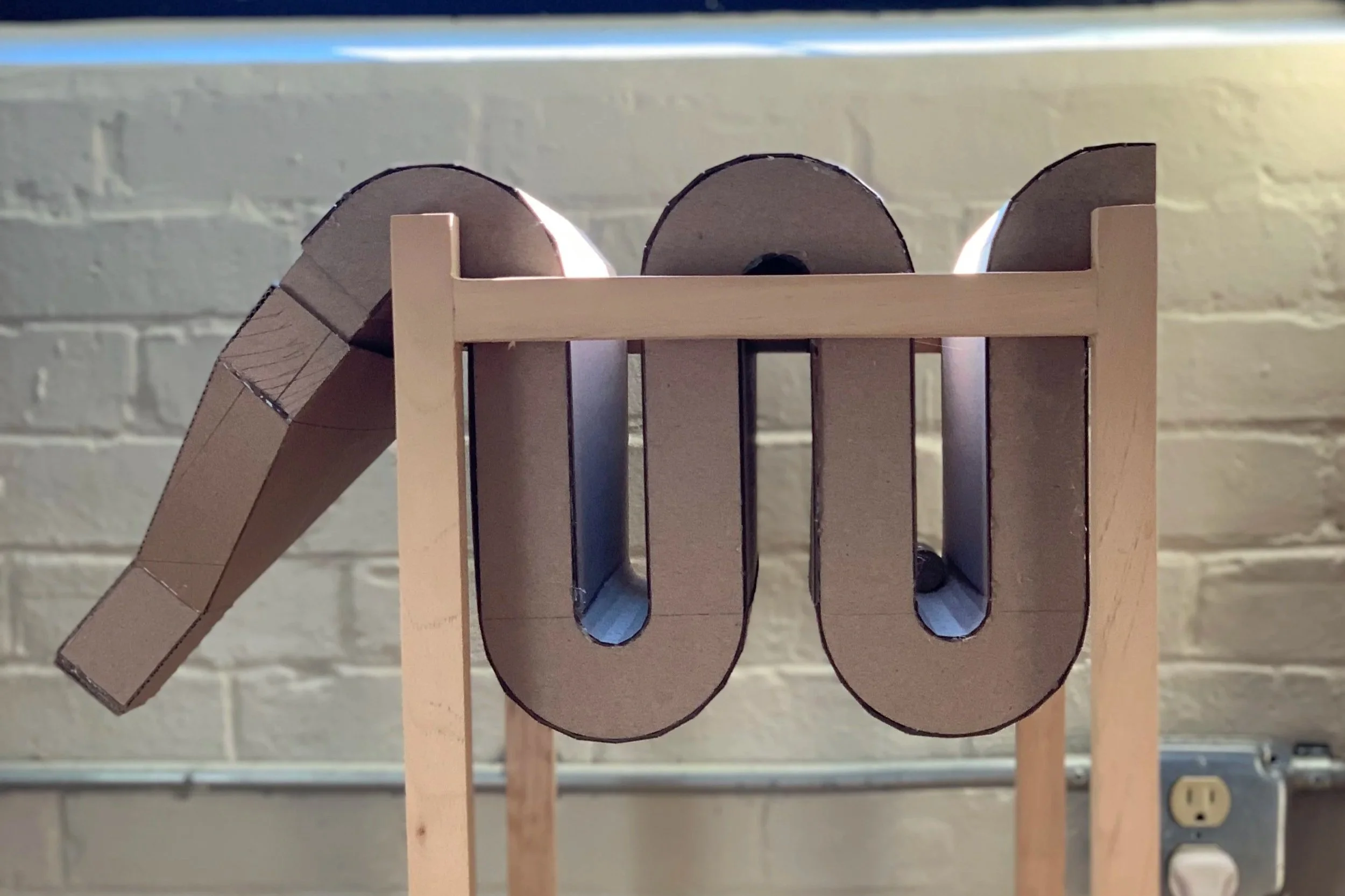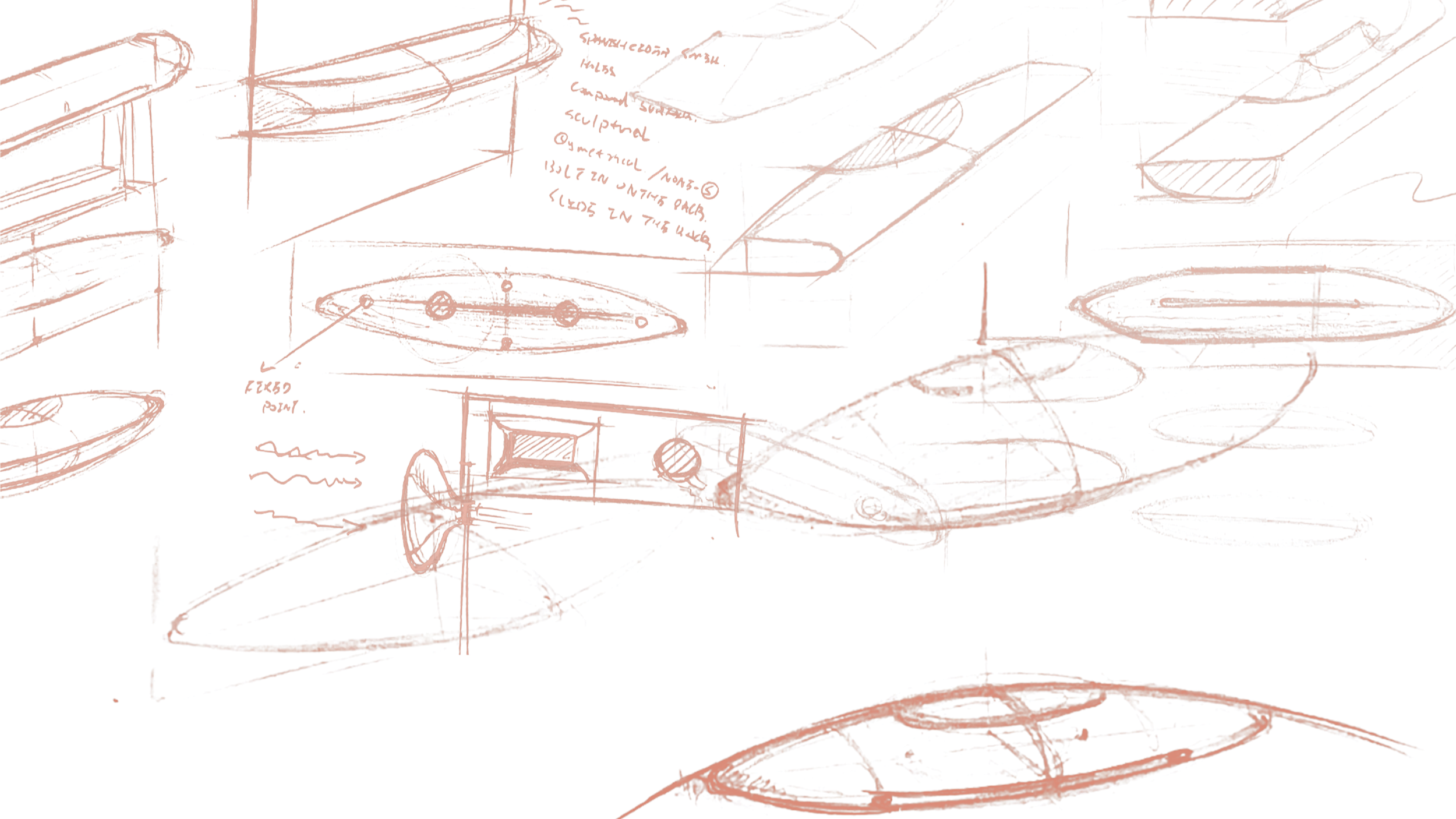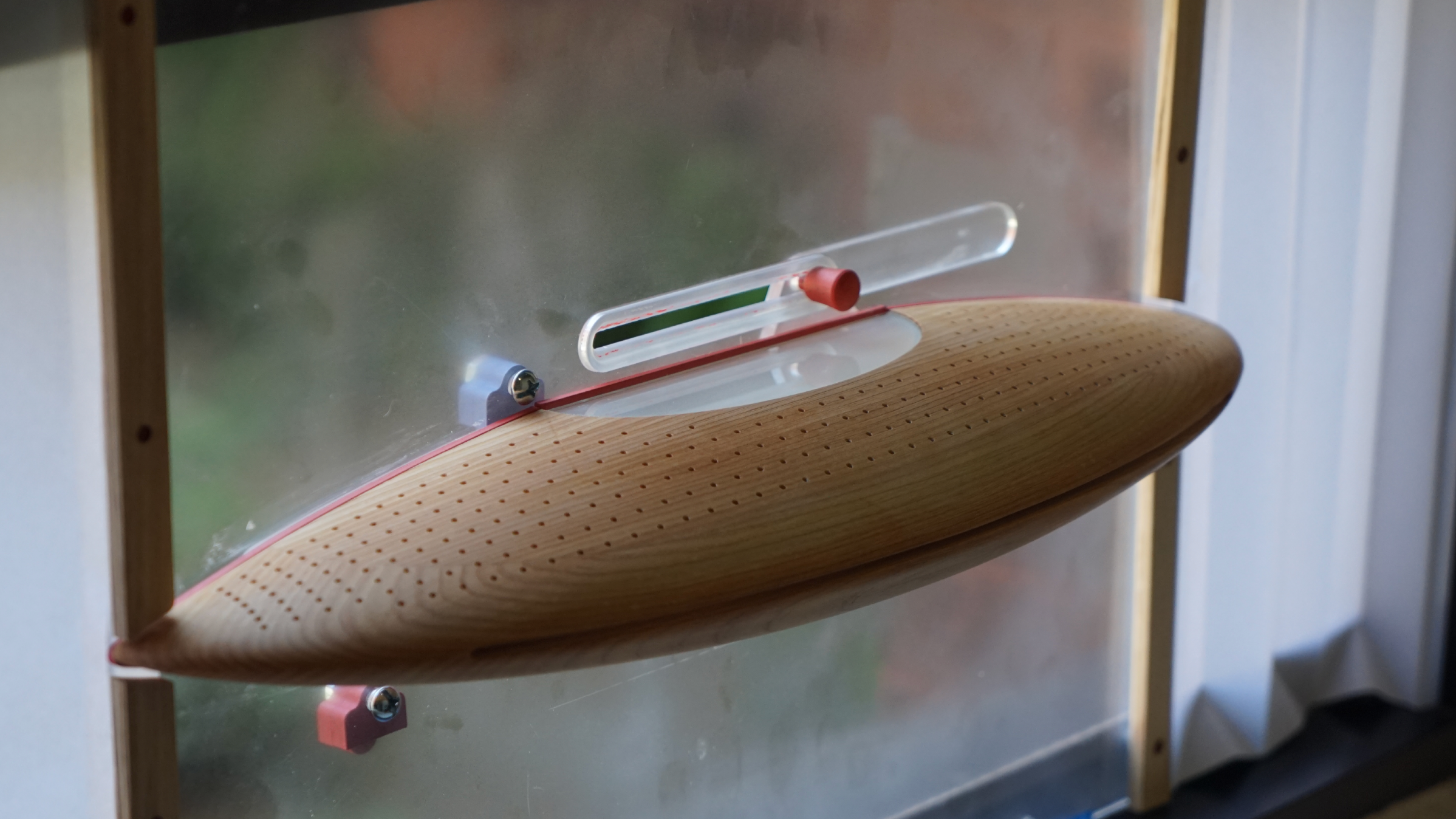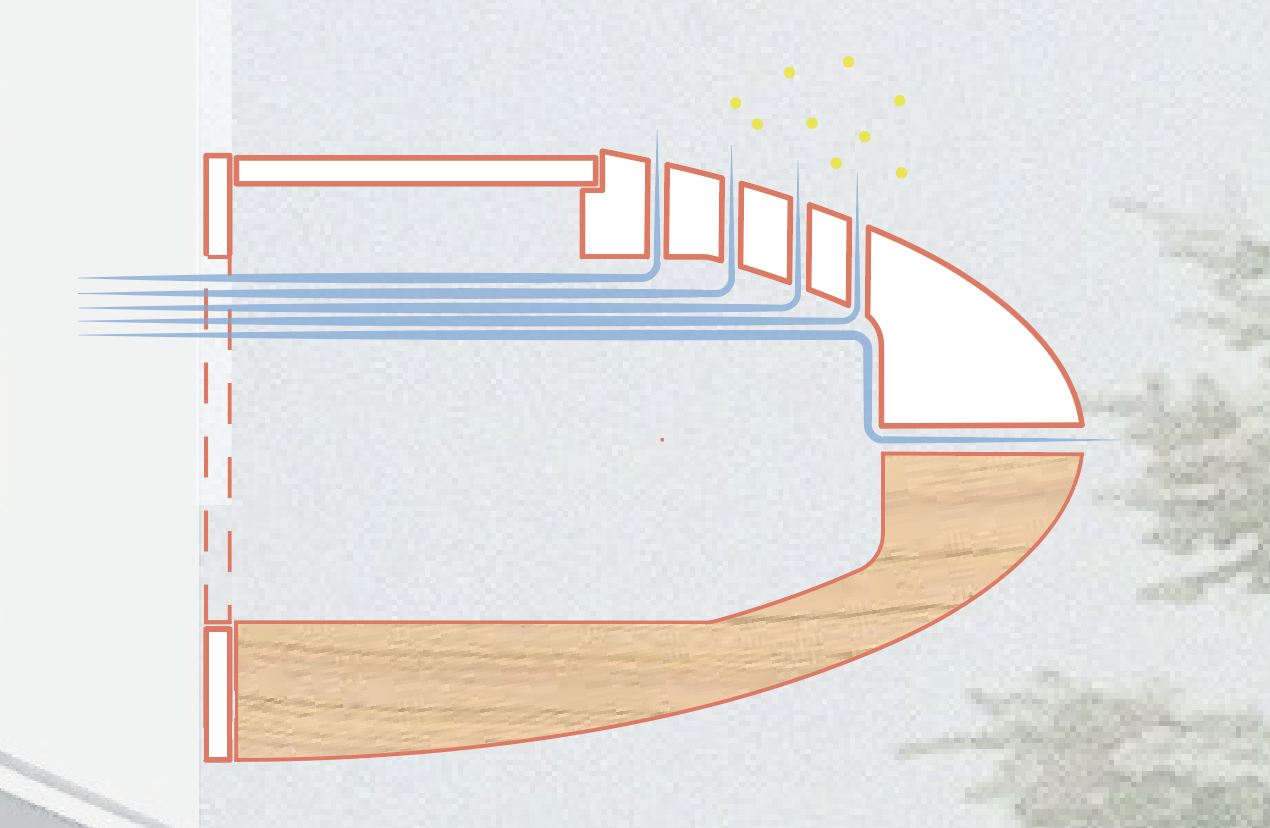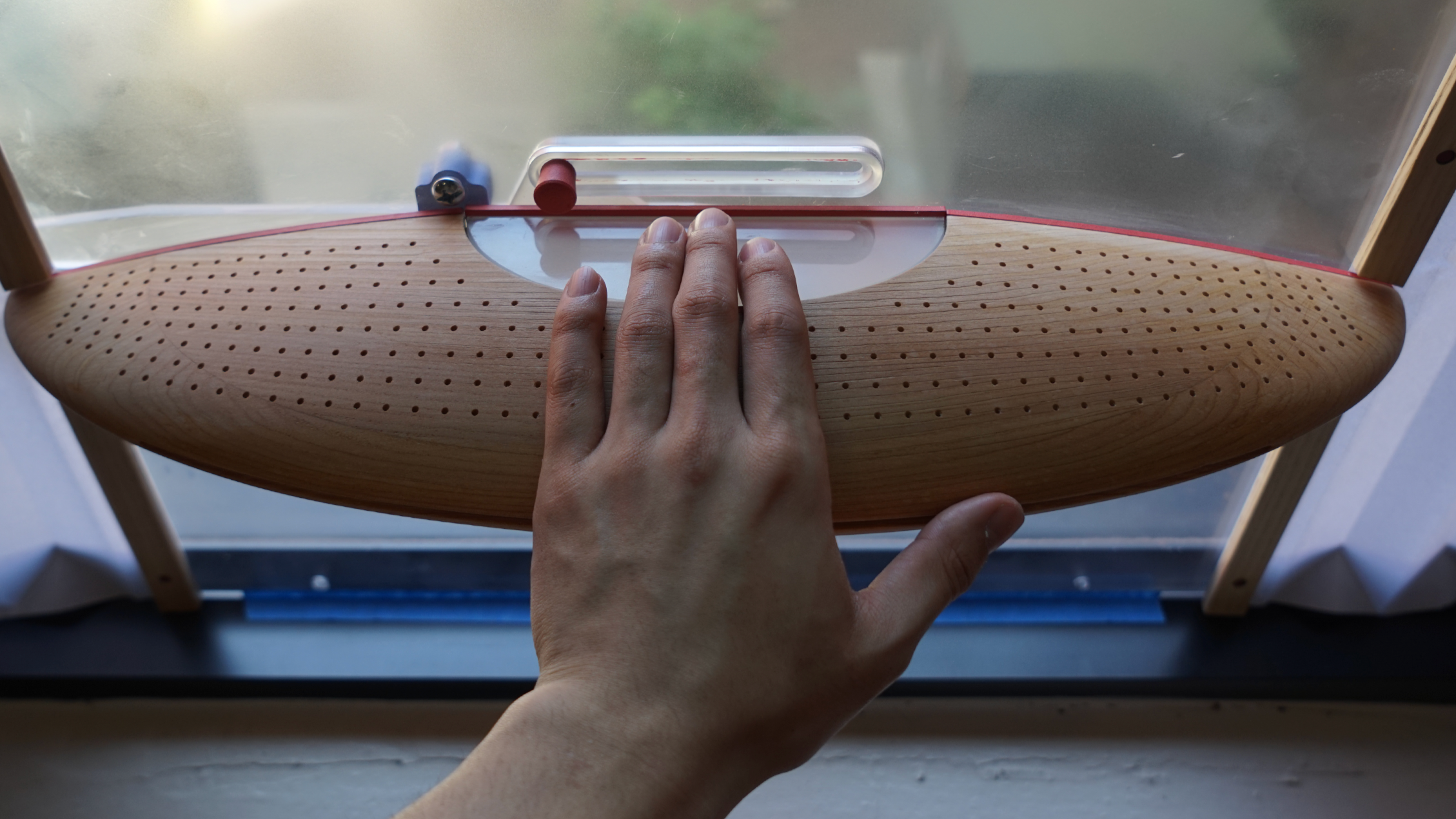Tunnel_Wind_1.0
The invention of HVAC systems, or “man-made weather,” has changed architecture significantly. It has made it possible to design buildings without worrying about the local climate, leading to more indoor spaces that are cut off from the outside. Daniel A. Barber in “Modern Architecture and Climate: Design before Air Conditioning” points out that “air conditioning is also people conditioning”, making us “comfortable” indoors but less aware of the outdoor environment. While HVAC systems make indoor spaces comfortable, allowing us to focus on indoor activities, they also disconnect us from noticing changes in the weather outside.
In the fall of 2023, while walking on Brown Mountain, I began to notice the buildings there, particularly the old ones that left a lasting impression on me. Although many buildings still retained their old exteriors, their interiors had changed significantly. For instance, you can still see chimneys on the rooftops, but the atmosphere of the old days is gone, replaced by thick metal pipes or large fan systems exposed on the exterior walls, their humming noise faintly audible from a distance. Additionally, air conditioners mounted on double-hung windows look strikingly out of place and discordant. However, they all serve a similar purpose of keeping the outdoor environment at bay, creating individual pods with artificial climates. These original passages have gradually begun to take on completely different roles, suggesting modern concepts of “comfort” while also giving these relatively eternal man-made structures new possibilities.
Direction of Air Flow
Initially, when using windows, thinking about how to change the direction of airflow rather than letting the air directly enter the indoor space. Directing the wind to flow into the room from the sides rather than directly from the front.
Fresh Air
Adding a cardboard cylinder to the window, allowing people to directly or more easily breathe fresh air from outside, especially important during winter when we heavily rely on air conditioning or heating systems..
Tactile Touch
We are already using our bodies to feel the flow of the wind; our skin constantly informs us about temperature and humidity. However, how to emphasize the natural connection between our skin and the changes outside while being in an indoor space is a question I have been pondering.
Speed x .25
A concept prototype designed for slowing down the speed of wind. It connects to the window through a customized “S” shaped passage under windy weather.
Material as Medium
White cedar as a medium and designed its internal structure to form a self-circulating duct. As the wind flows in and out, part of it combines with the scent of the cedar, allowing people to smell the aroma while feeling the wind with their hands. Incorporating glass into the device to directly conduct external temperature, allowing people to intuitively feel changes in outside temperature. This enhances the interactive experience with the environment and enriches sensory communication.
Tunnel is designed for rethinking on the way airflow passing through and the way perople interact with it. Using material like cider and glass to transmit scents and temperatures, providing a transition for our increasingly disconnected senses.
In compare with Spanish cedar, White cedar creates longer lasting, and comfortable aroma.

